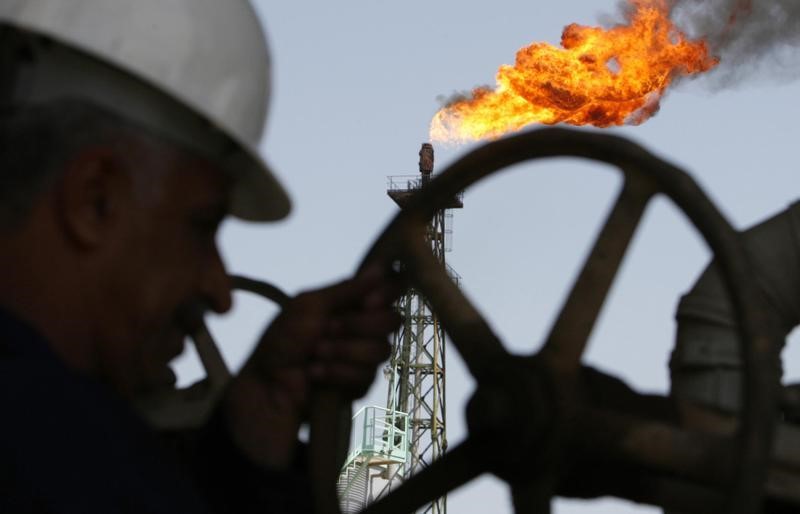By Geoffrey Smith
Investing.com -- Crude oil prices edged lower on Friday as a slowdown in the growth of U.S. durable goods orders reinforced concerns about the trajectory of the economy.
The continued revival of coronavirus cases in both Europe and North America also fed fears about the demand outlook, as local restrictions on social mixing were tightened further in a raft of U.K. cities, including London and the Welsh capital Cardiff.
By 11:10 AM ET (1510 GMT), U.S. were down 0.7% at $40.02 a barrel, while Brent Futures, the international benchmark, were down 0.2% at $41.85 a barrel.
U.S. Gasoline RBOB Futures, meanwhile, rose 0.4% to top $1.20 a gallon for the first time since Monday.
With no major market-moving news unfolding, prices drifted modestly lower after new figures showing that U.S. core durable goods orders grew only 0.4% in August, down from an upwardly revised 3.2% in July. That was below analysts' forecasts for a 1.2% gain and rounded off a week of generally uninspiring data, in which only the housing market gave clear signs of unbroken momentum in the U.S. economy. The figures have been punctuated by a steady stream of Federal Reserve officials arguing for fiscal stimulus from Washington, which seems unlikely to materialize soon, despite reports of a new initiative in the Democrat-controlled House of Representatives.
On the supply side, Norwegian oil and gas workers are preparing to strike next week - an action that could take some 900,000 barrels of oil equivalent a day off world markets, according to the labor union NOG. Much of that is gas output, which will have no direct bearing on oil prices, but any action could leave a small hole in European supplies in the short term.
Of potentially more interest was a claim from consultancy Tanker Trackers that Iranian exports had risen sharply in September, despite the pressure from U.S. sanctions.
“Exports are way up right now," TankerTrackers' co-founder Samir Madani was quoted by Reuters as saying. "We are seeing close to 1.5 million bpd in both crude and condensate so far this month. These are levels we haven’t seen in a year and a half.”
Iran is typically forced by U.S. sanctions to disguise the final destination of its exports. But however they reach global markets, any increase in Iranian supplies can only depress prices at a time when demand growth is flattening out after rebounding in the third quarter.
